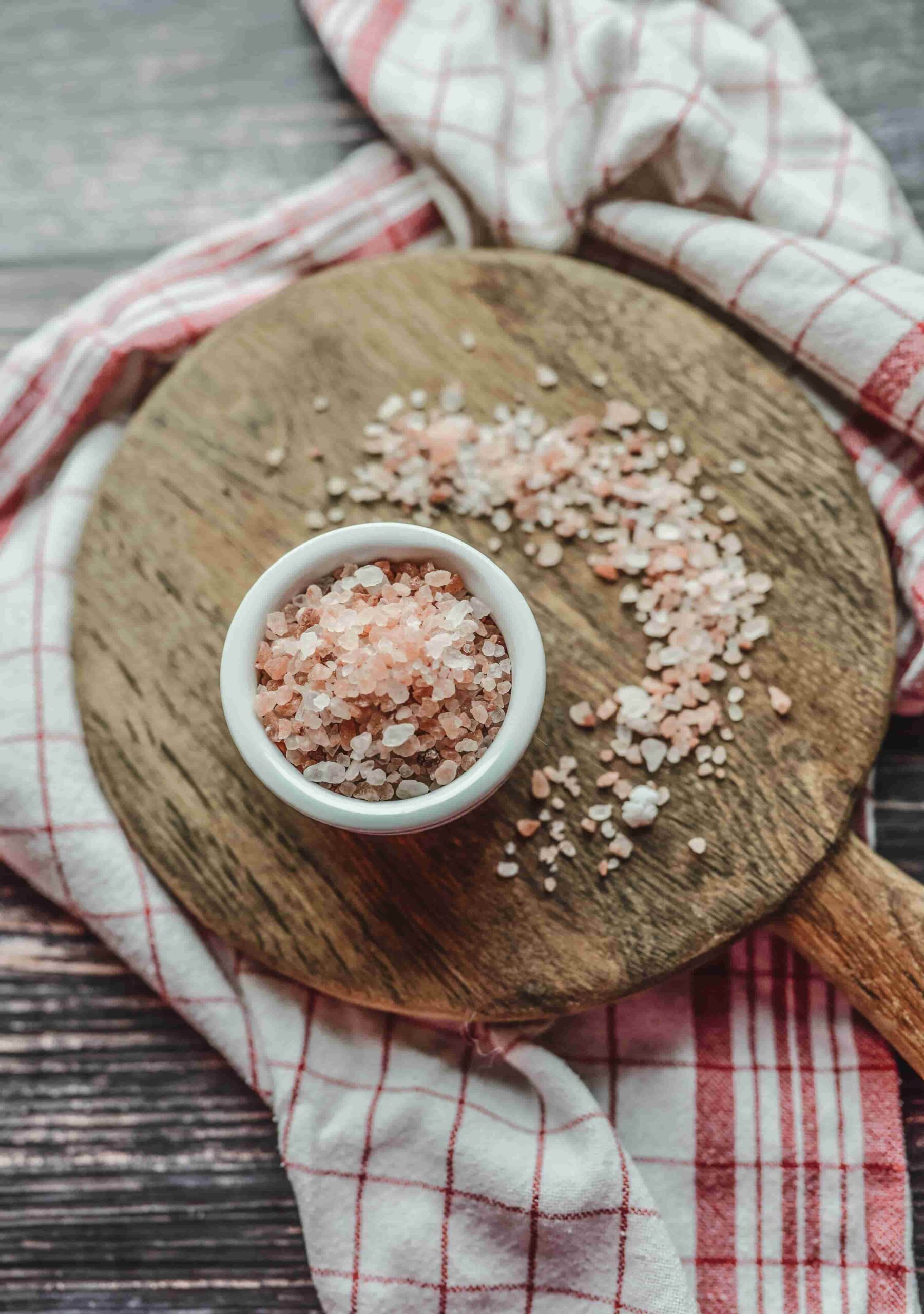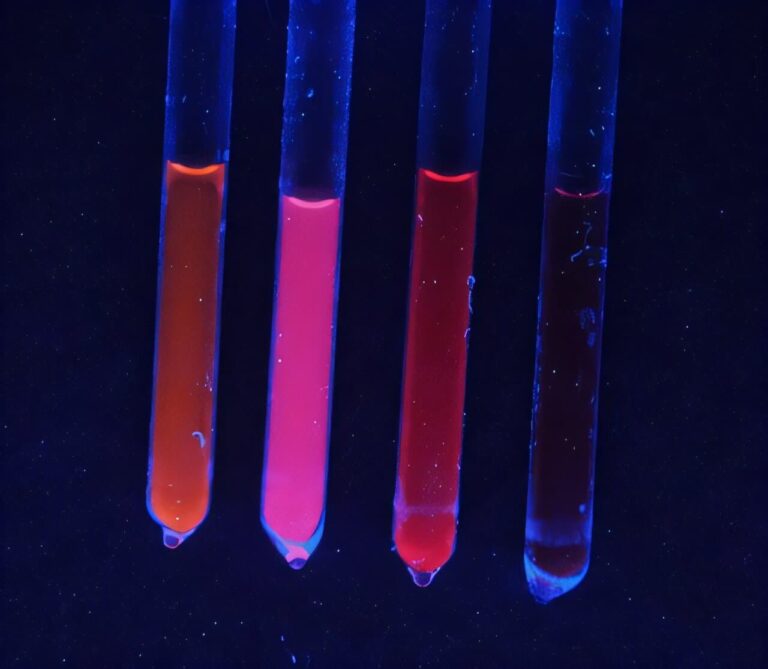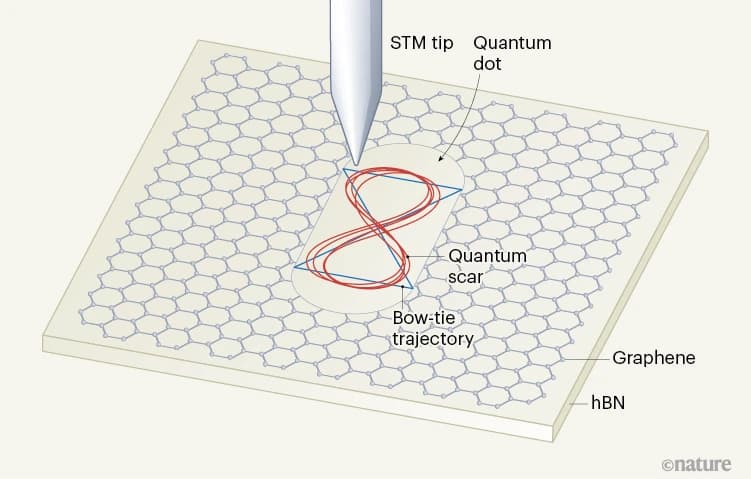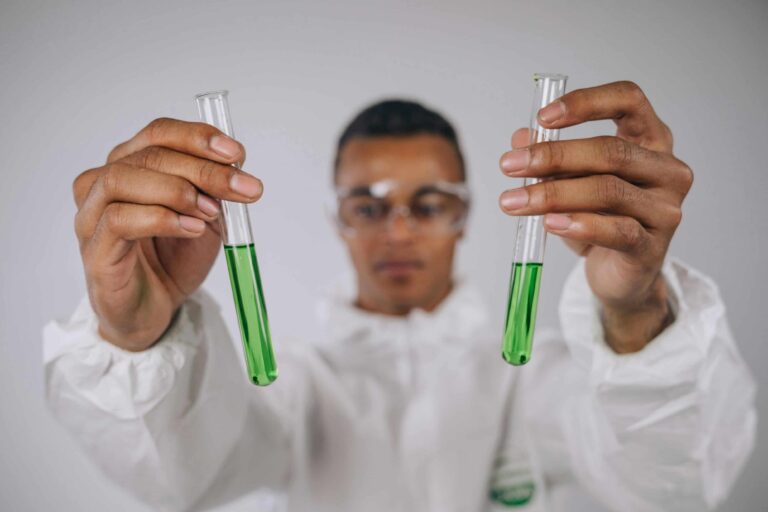The Salt Effect: Towards Stronger and Flexible Adhesives
Imagine a world where adhesives are not only incredibly strong but also remarkably flexible. From securing household items to empowering cutting-edge electronics and vehicles, the quest for the perfect bonding material has long been underway. A discovery by a team of innovators at the FAMU-FSU College of Engineering may have just cracked the code, and the secret ingredient is more mundane than you might expect: table salt.
The Science Behind the Breakthrough
Led by Hoyong Chung, Associate Professor in the Department of Chemical and Biomedical Engineering, the research team has pioneered a novel approach to adhesive creation. By leveraging the natural attraction between positively and negatively charged materials, they’ve made a significant leap forward. The focal point of their study? Polyzwitterions (PZIs), special polymers that hold the key to unlocking unprecedented adhesive properties.
Unraveling the Mystery of Polymer Shape and Stickiness
Chung’s team delved into the impact of polymer structure on its adhesive capabilities, comparing:
- Bottlebrush Polymers: Featuring branches extending from the main chain, these polymers offer a unique platform for enhanced adherence.
- Straight-Chain (Linear) Polymers: By contrasting these with their bottlebrush counterparts, the team aimed to engineer improved stickiness.
The Salt Effect: Transforming Brittle to Flexible
A pivotal finding emerged when sodium chloride (table salt) was introduced to the strong but brittle PZIs. This simple addition miraculously transformed the polymers into being both strong and flexible, a long-sought holy grail in adhesive development. The precise amount of salt added proved crucial in achieving this optimal balance.
Expert Insights
- Hoyong Chung: “Our strategy involves harnessing electrostatic interactions to craft stronger, more versatile adhesives. The sophisticated design and synthesis of multifunctional polymers were initial keys to our discovery, which challenges previous adhesion beliefs and offers precise control over toughness and flexibility.”
- Biswajit Saha, Postdoctoral Researcher and first author on the publication: “Adding salt could be the linchpin in creating adhesives that excel in both strength and flexibility. Our study provides a foundational step towards developing ideal adhesives for various applications.”
Collaborative Excellence
This groundbreaking research was made possible through the combined efforts of:
- Hoyong Chung, Associate Professor, Department of Chemical and Biomedical Engineering
- Biswajit Saha, Postdoctoral Researcher, FAMU-FSU College of Engineering
- Jacob Boykin, Graduate Student, FAMU-FSU College of Engineering
Future Implications and Ongoing Research
Published in the esteemed Journal of the American Chemical Society, this study lays the groundwork for revolutionary industrial adhesives. The team’s next frontier? Developing biomedical tissue adhesives equipped with drug delivery, imaging, and disease diagnosis capabilities, further pushing the boundaries of what adhesives can achieve.






